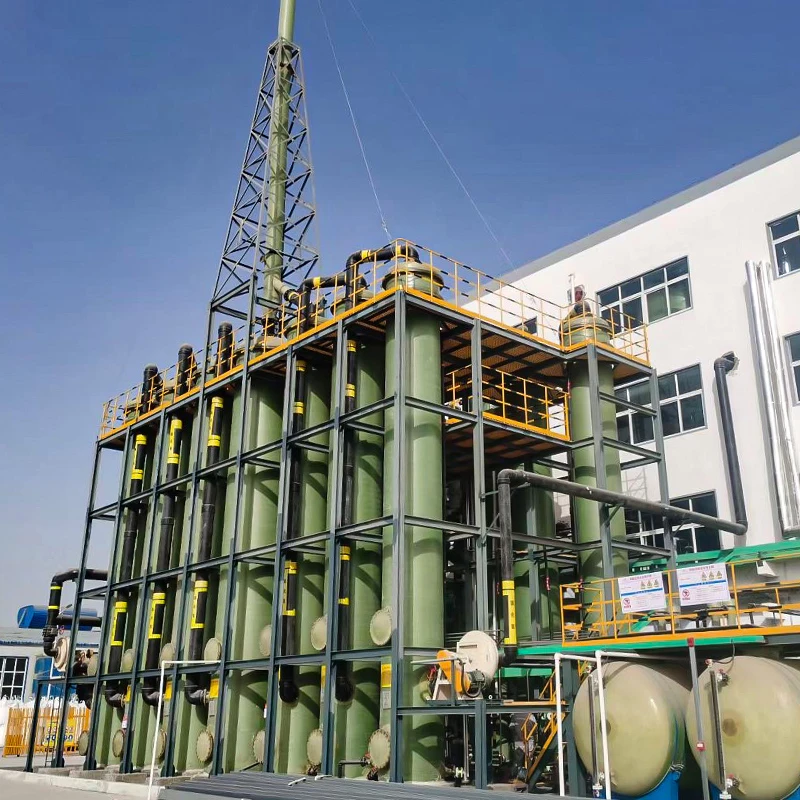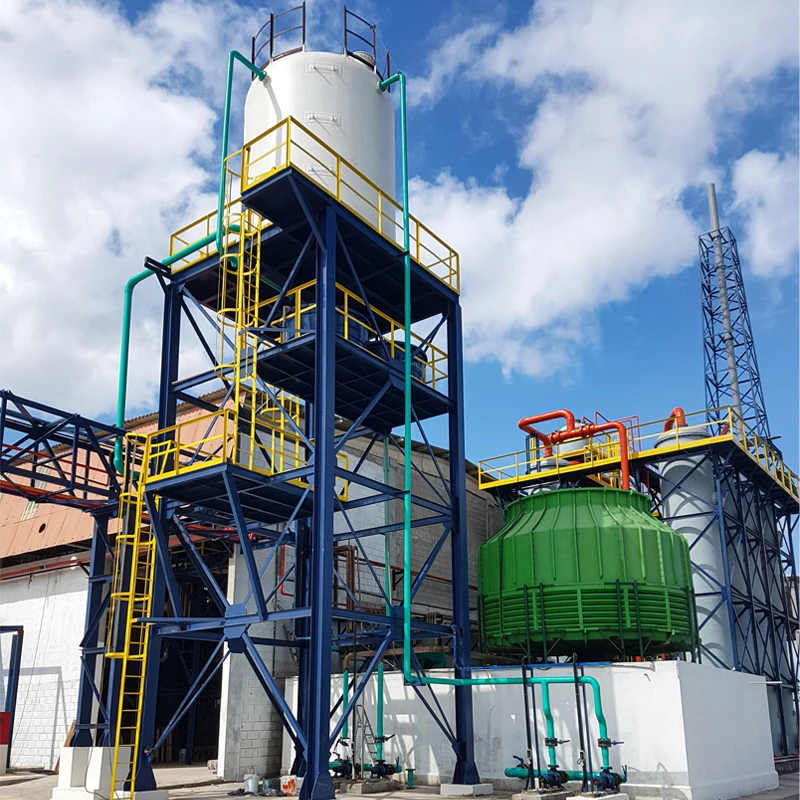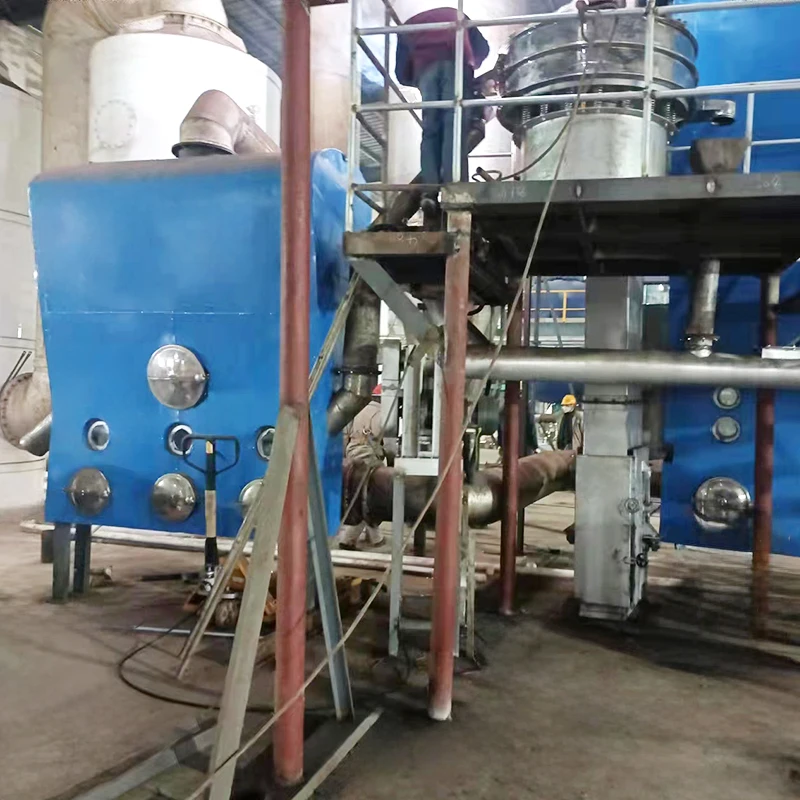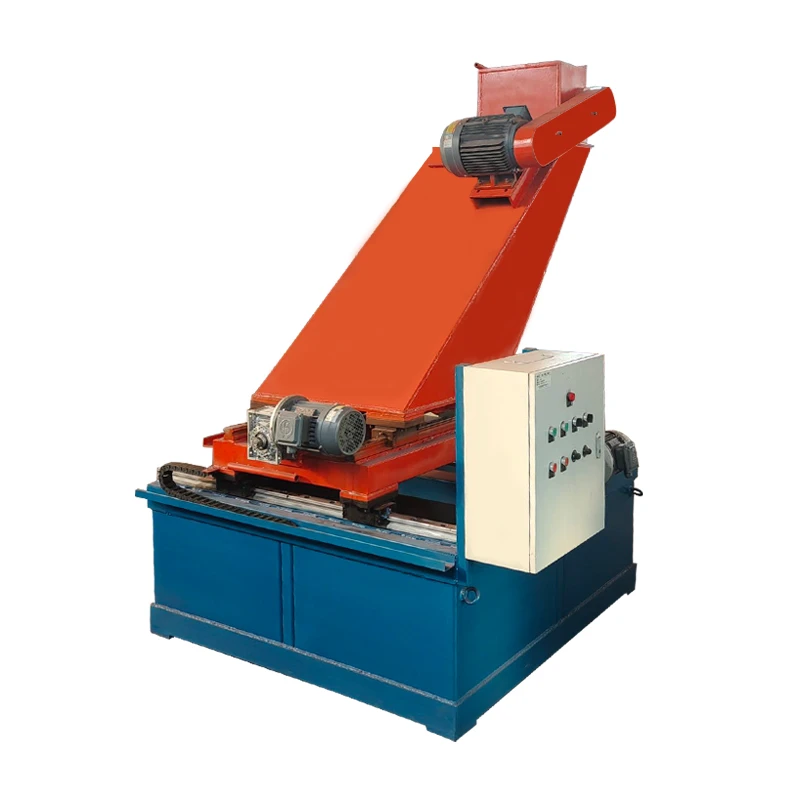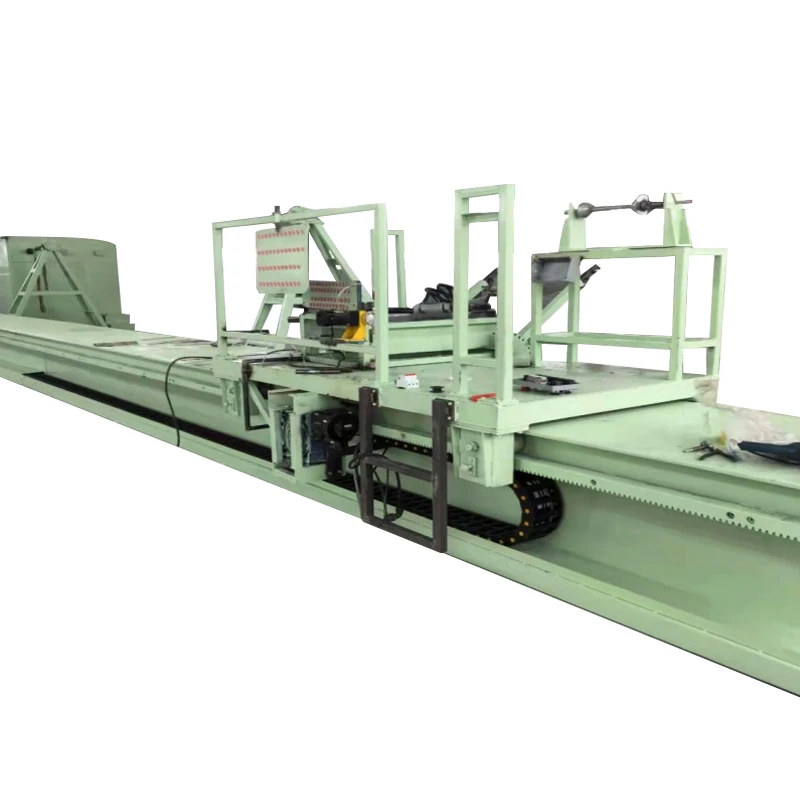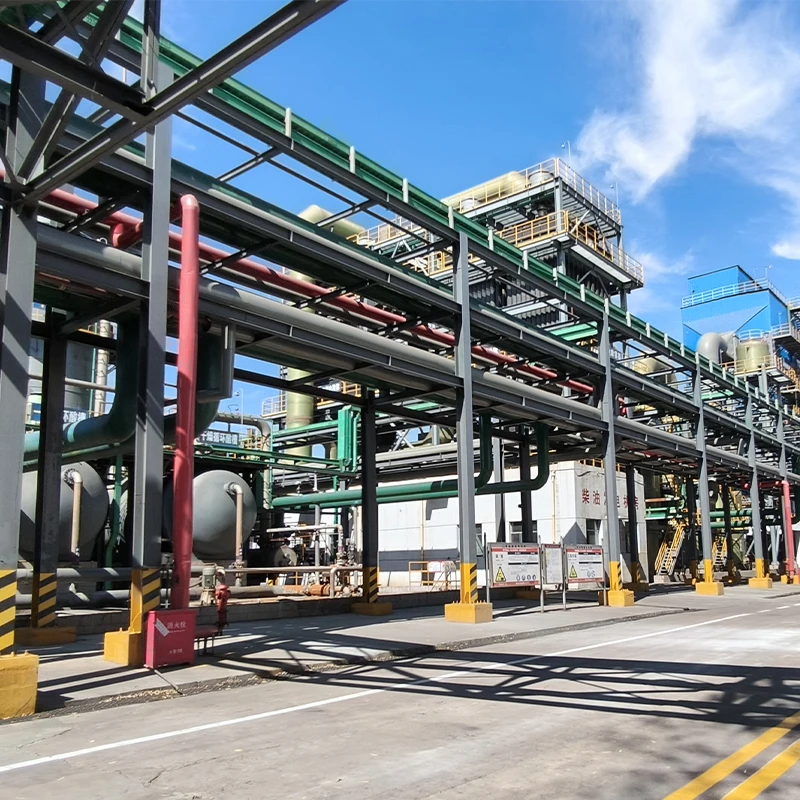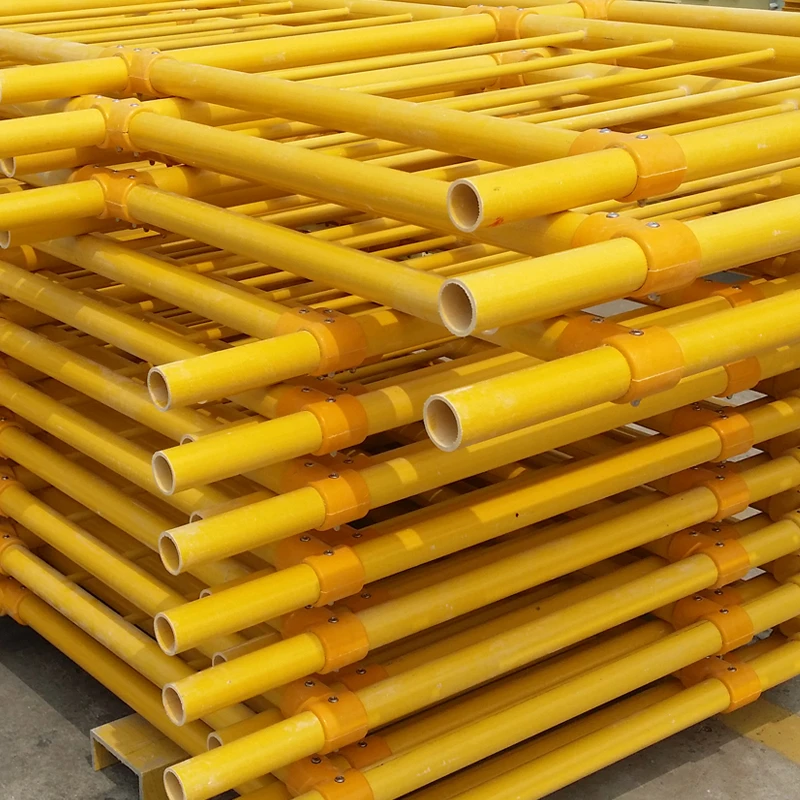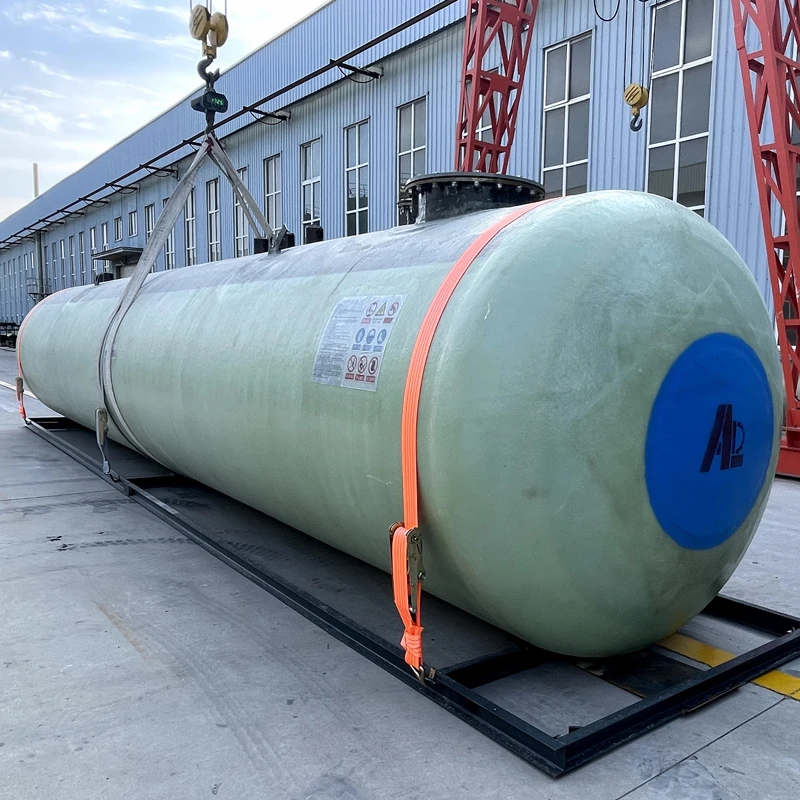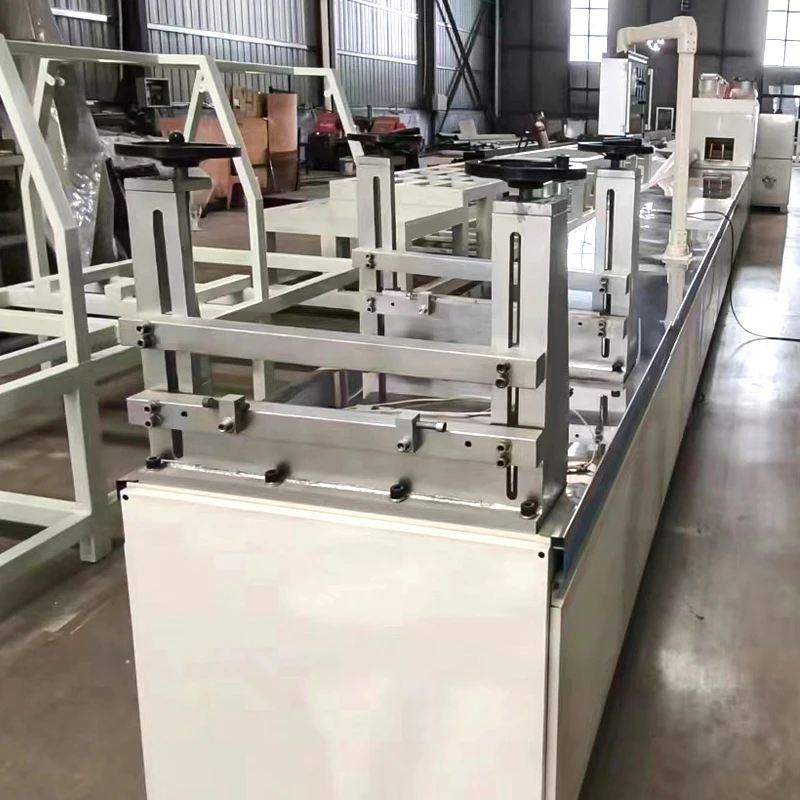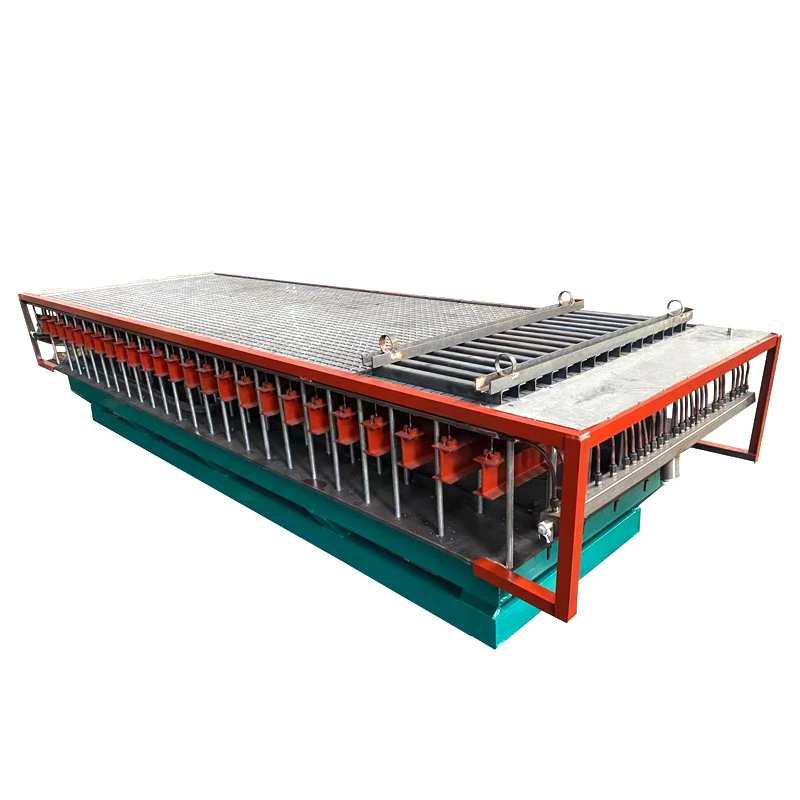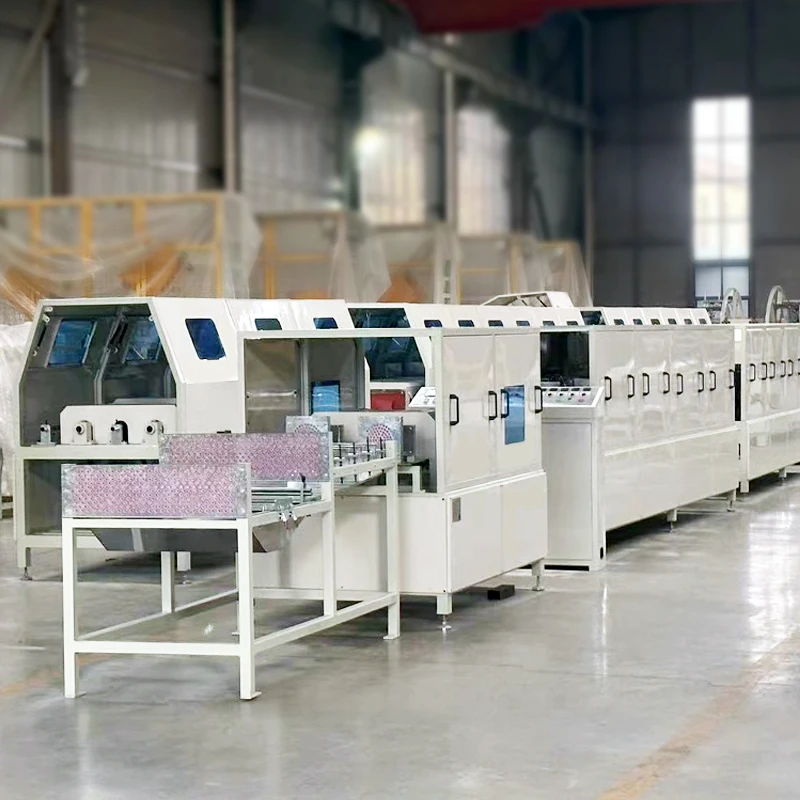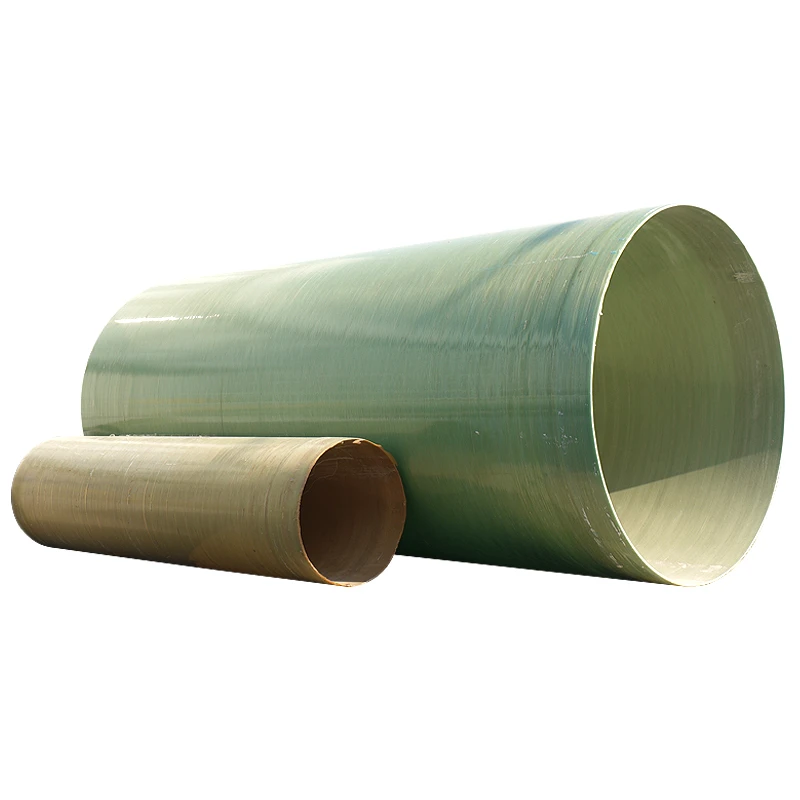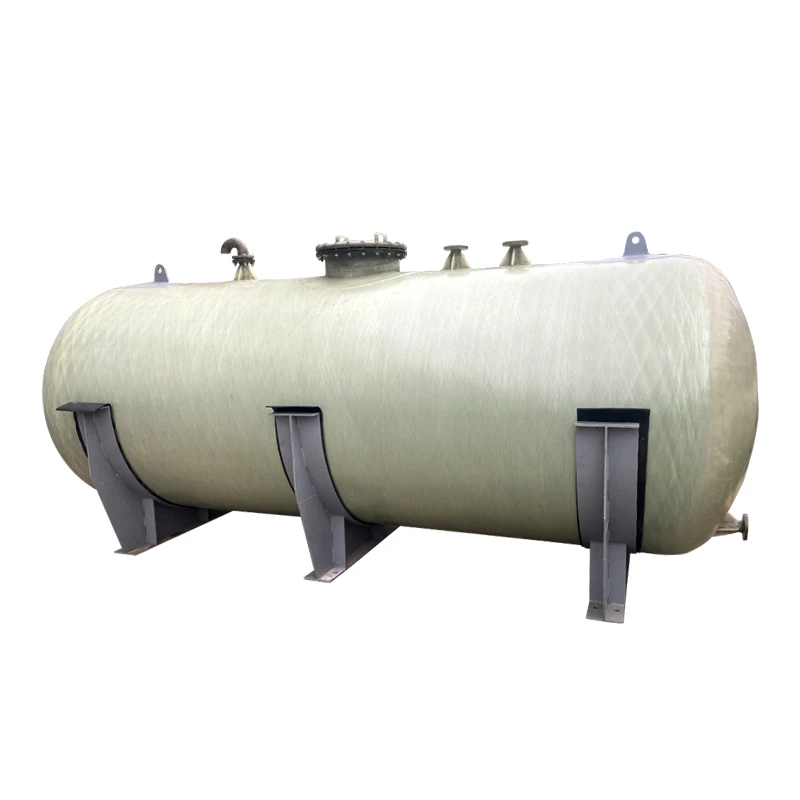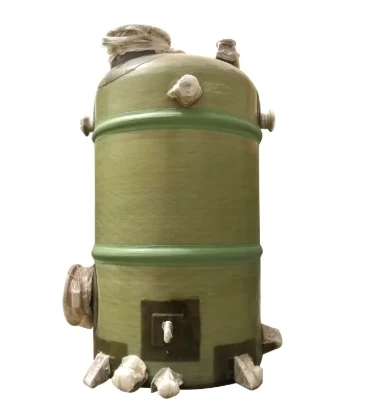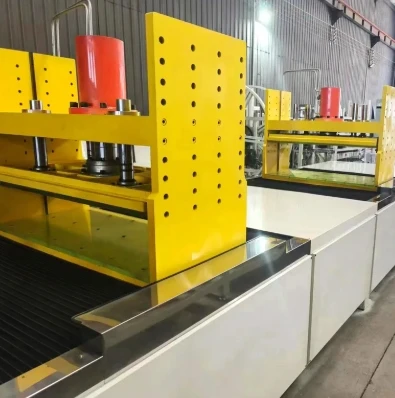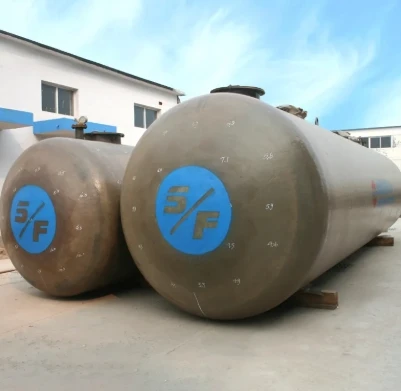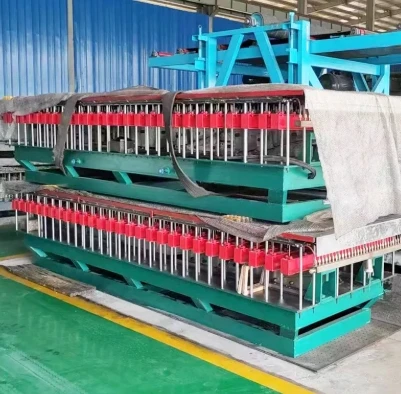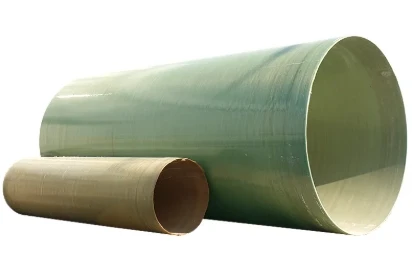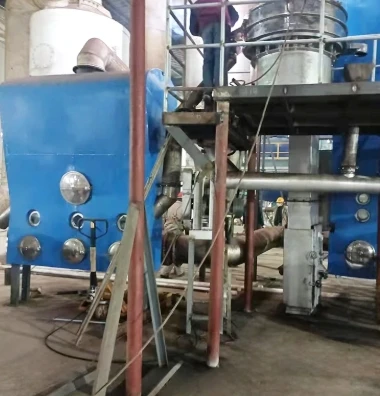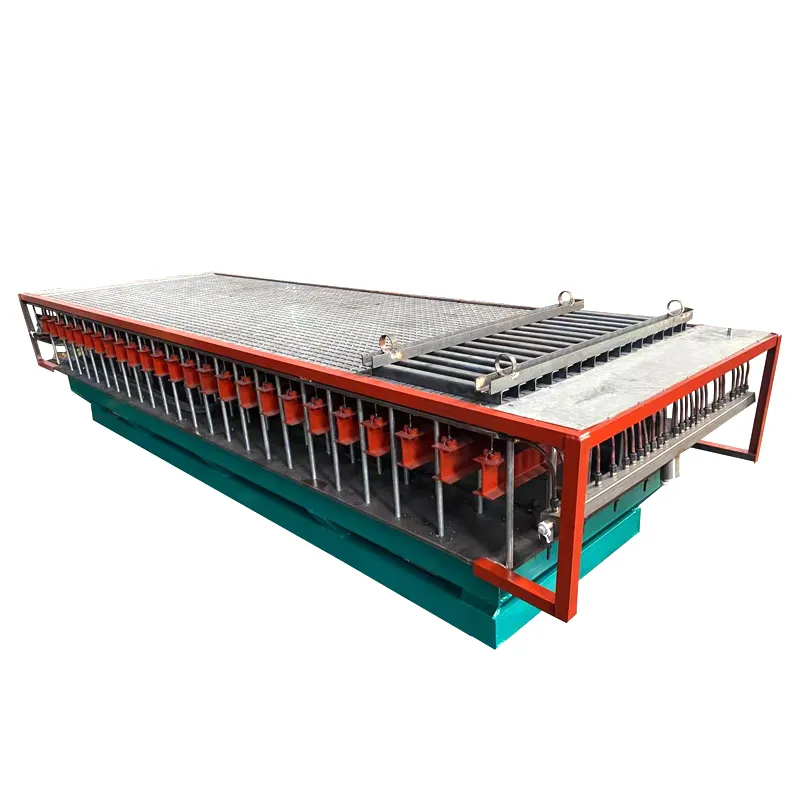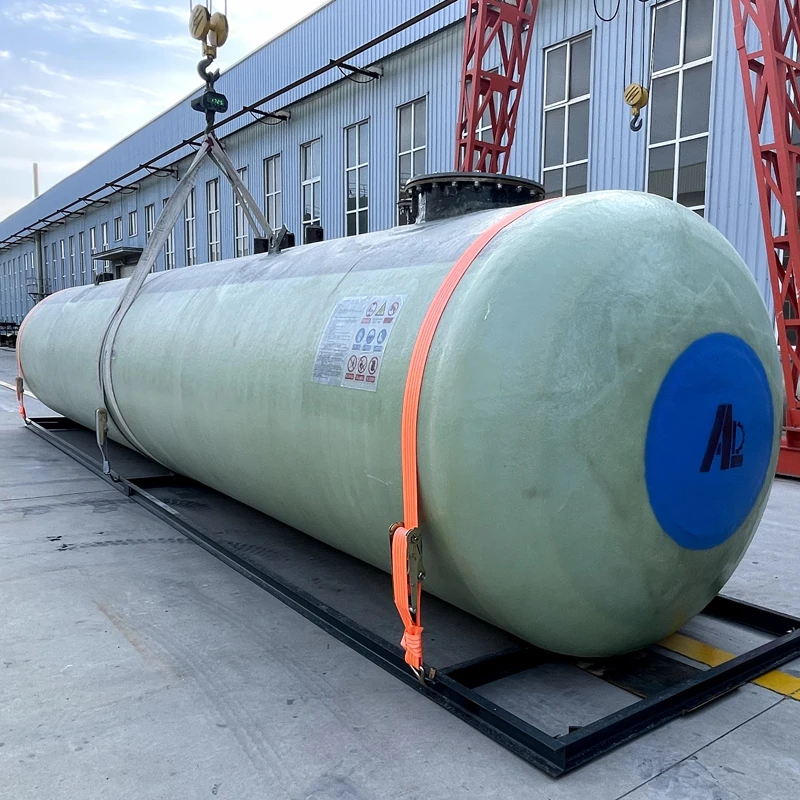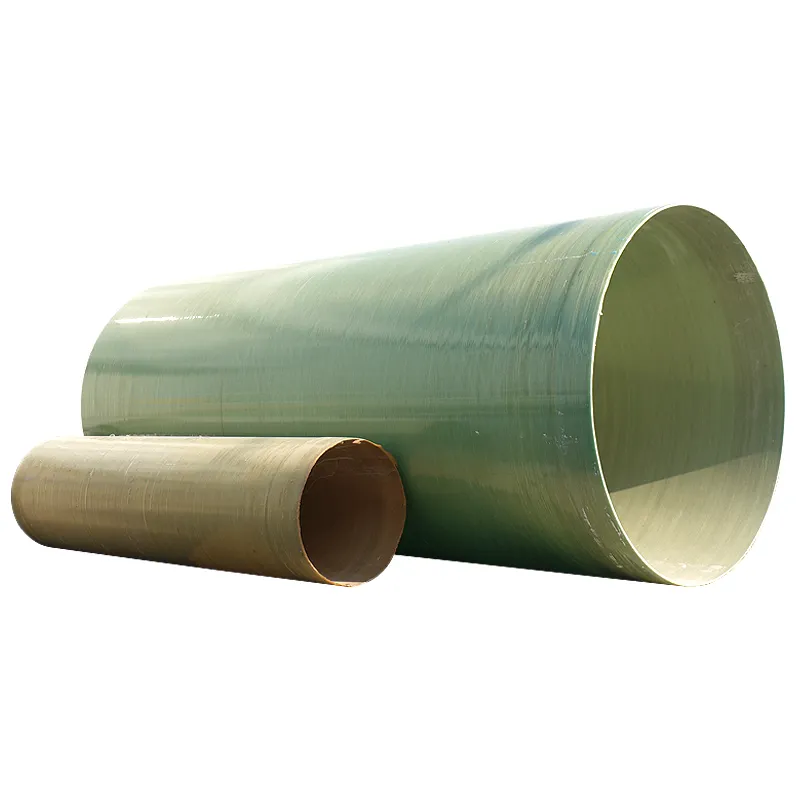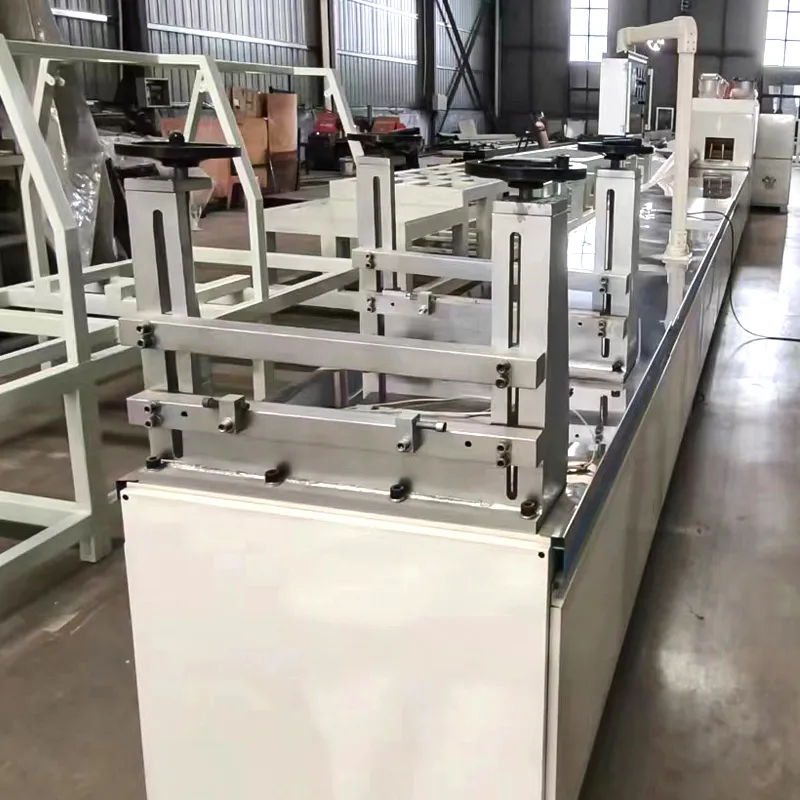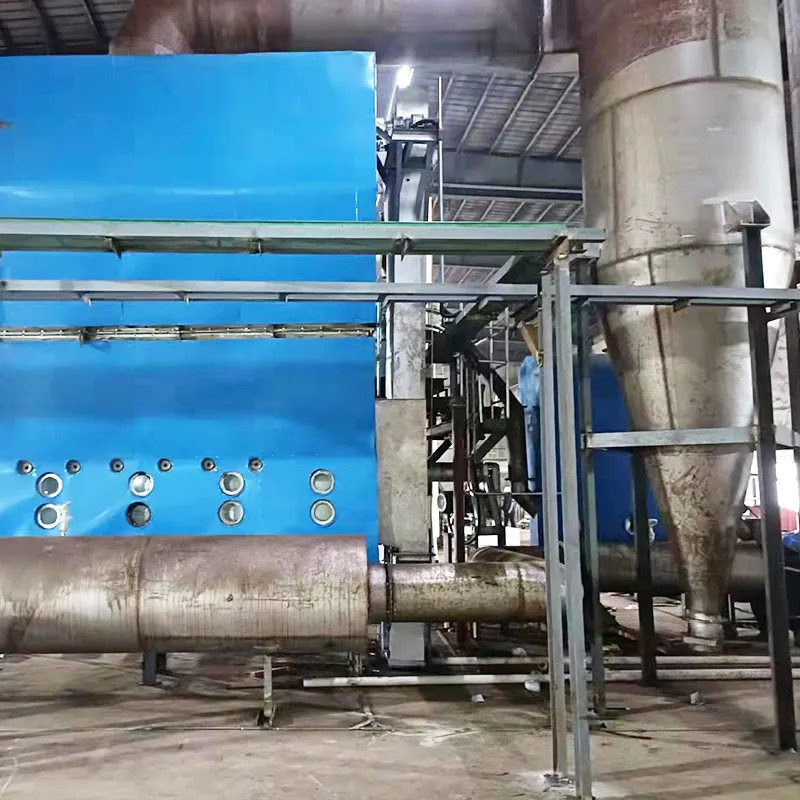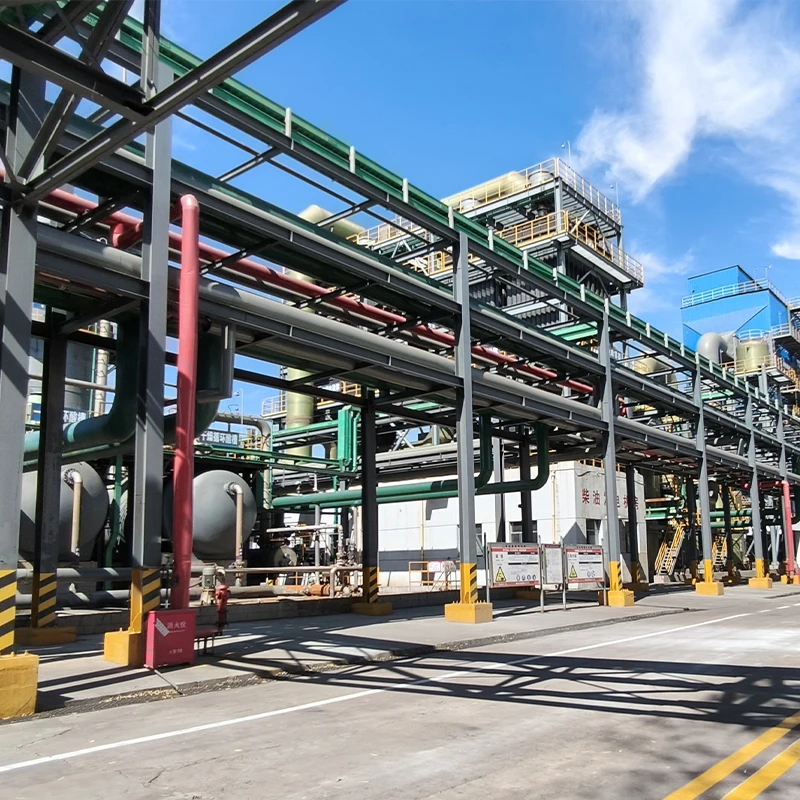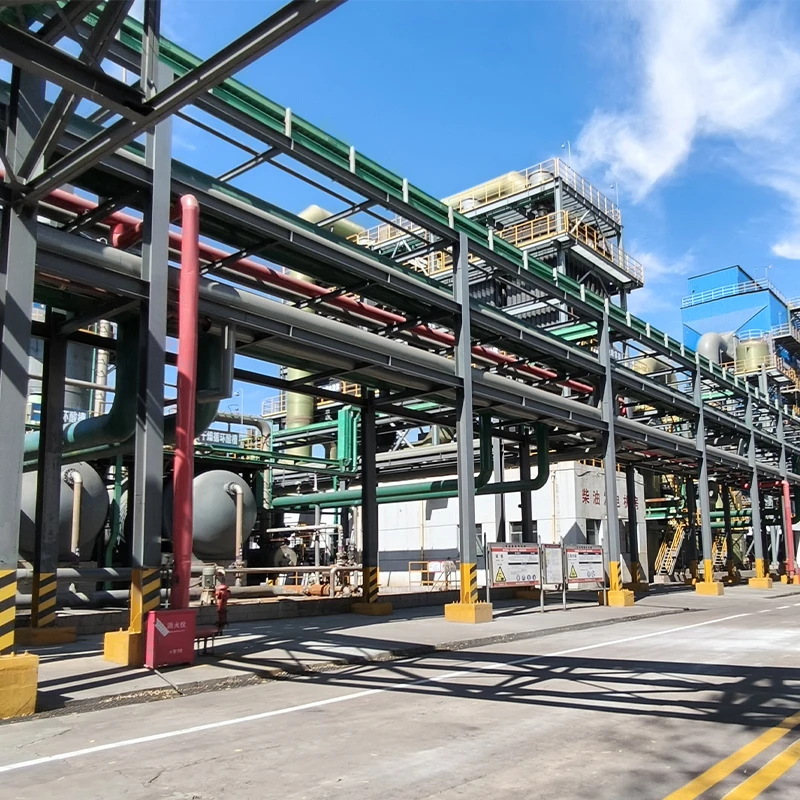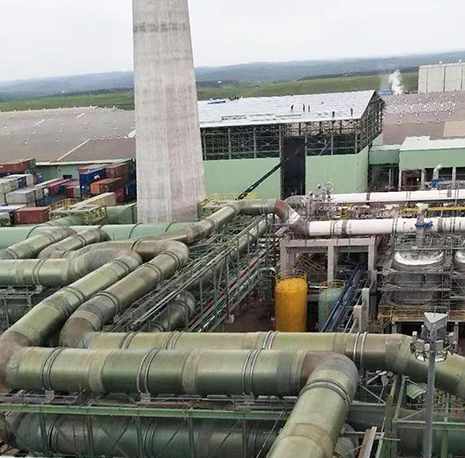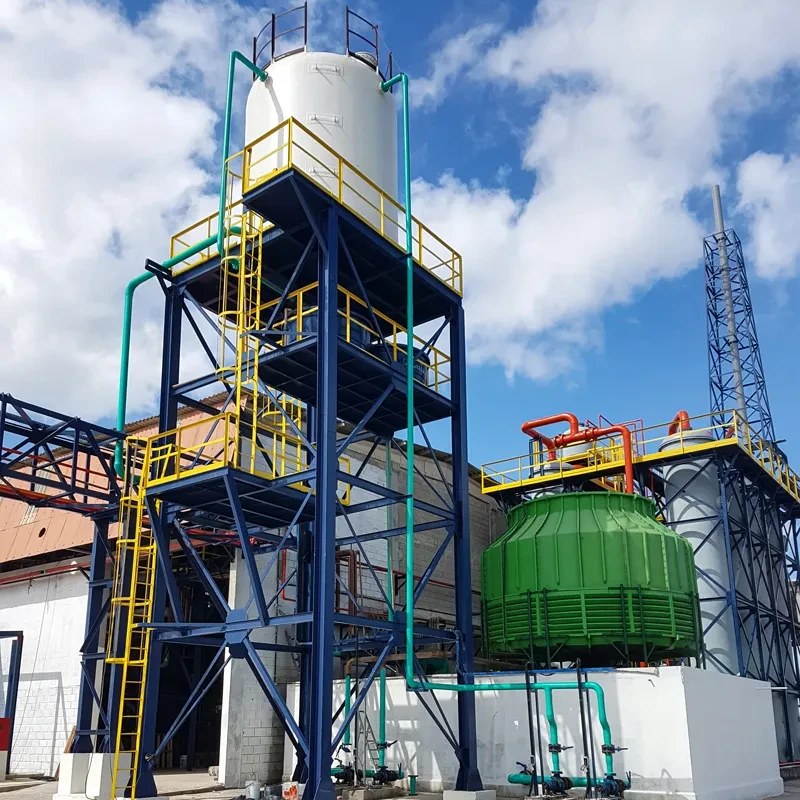Future Development Directions Of Frp Materials
Fiberglass Reinforced Plastic (FRP), also known as fiber-reinforced plastic, is a composite material widely used across various industries. Based on research and market analysis, the future development directions of FRP materials mainly focus on the following aspects:
- 1、High Performance
With advancements in technology, FRP materials are evolving towards higher performance. This includes improving the material’s strength, corrosion resistance, high-temperature resistance, and more to meet the needs of high-end application fields such as aerospace, military, and automotive industries.
- 2、Environmental Protection and Sustainability
The increasing stringency of environmental regulations and growing public awareness of environmental protection are driving FRP materials towards greener and more sustainable development. This involves using recyclable or bio-based materials for reinforcement fibers and matrices, as well as developing recyclable FRP products.

- 3、Lightweight Design
In industries such as automotive, aerospace, and rail transport, FRP materials are widely used to replace traditional metals due to their lightweight and high-strength properties. This helps reduce structural weight, improve energy efficiency, and enhance performance.
- 4、Intelligent and Functionalization
With the development of technology, FRP materials are gradually becoming smarter and more functional. This includes adding special functional materials such as conductive, thermally conductive, and flame-retardant materials to impart new capabilities to FRP, catering to specific application requirements.
- 5、Integration of Composite Materials
The integration of FRP with other composite materials (such as carbon fiber-reinforced plastic, metal matrix composites, etc.) can complement the properties of the materials, meeting more complex application scenarios. This integration allows for customized solutions with superior material properties for specialized uses.
- 6、Automation and Smart Manufacturing
To improve production efficiency and reduce costs, the manufacturing process of FRP materials is gradually being automated and digitized. This includes the use of robots, 3D printing technology, and other advanced manufacturing techniques, as well as enhancing process controllability and product quality through digital management.
- 7、Market Segmentation and Customization
As the demand for FRP products becomes more diverse, the future will see a greater emphasis on market segmentation and customized production to meet the specific needs of different industries and application scenarios. Customization allows for targeted solutions in various sectors, offering flexibility and adaptability.
- 8、Expansion of Application Fields
The application fields of FRP materials will continue to expand. In addition to traditional industries such as construction, automotive, and shipbuilding, FRP materials are expected to find wider applications in emerging sectors such as renewable energy, environmental protection, and medical industries.
Conclusion
The future development of FRP materials will revolve around improving performance, environmental sustainability, lightweight design, smart functionality, integrated applications, automated production, market segmentation, and the expansion of application fields. As technology continues to advance and market demands evolve, FRP materials are expected to leverage their unique advantages in more industries, offering innovative solutions to a wide range of challenges.

